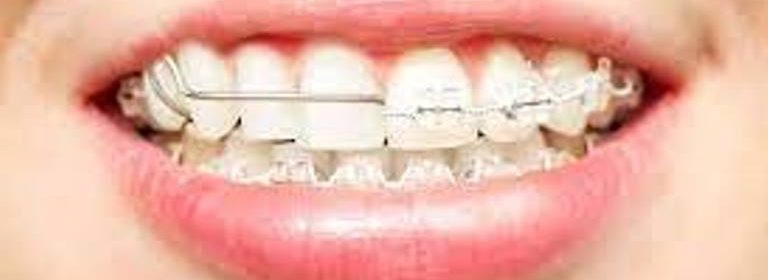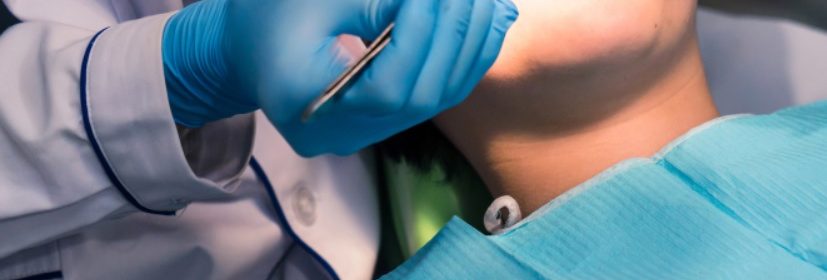Inquiries to Pose to the Orthodontist before Embarking on Braces

Article by Remarkable Smiles
A desire for an aesthetically pleasing smile is common, and contemporary dentistry offers an array of solutions to rectify various dental issues. One such solution, often sought after, is braces, which prove efficacious in addressing concerns like teeth misalignment or gaps. However, the initiation of this dental journey necessitates consultation with a specialist known as an orthodontist.
Within the realm of orthodontics, a diverse spectrum of interventions exists to facilitate the attainment of an ideal smile. Gone are the days of limited options, characterized solely by traditional metal braces affixed to teeth using wires. Contemporary orthodontic treatments employ a multifaceted approach, wherein braces are periodically adjusted to orchestrate precise tooth movement. This methodology can rectify misalignment and eliminate gaps, contingent upon individual dental conditions.
Metal braces remain a cost-effective choice, albeit they typically entail a prolonged treatment duration and may induce discomfort. The maintenance of oral hygiene becomes challenging with their presence, yet orthodontists proffer strategies to alleviate such concerns.
Contemplating braces necessitates scheduling a consultation with a local orthodontist, who conducts a thorough assessment of dental structures and formulates a tailored treatment plan. While traditional metal braces remain a viable option for some, advancements in orthodontic technology have ushered in alternatives such as Invisalign, renowned for their inconspicuous nature and enhanced comfort.
In instances where Invisalign isn’t suitable, ceramic braces emerge as a viable alternative. Prior to proceeding, it’s imperative to inquire about the mechanics of each brace type, alongside seeking estimations regarding treatment duration and associated costs.
Anticipating the orthodontic appointment, it’s prudent to compile a list of queries to ensure comprehensive understanding. By adopting this proactive approach, individuals can maximize their engagement with the orthodontist and make informed decisions regarding their dental health.
Dr. Mark Rashidi and his staff at Remarkable Smiles want to help you improve your smile. He is an Orthodontist in Laguna Hills serving surrounding cities including Lake Forest, Mission Viejo, Laguna Niguel, and Irvine. Dr. Mark is highly experienced in all types of braces including Invisalign, traditional metal braces, and ceramic braces.






